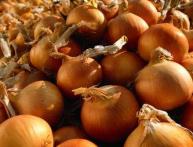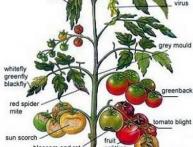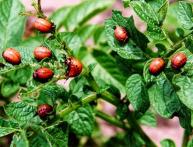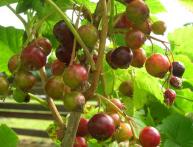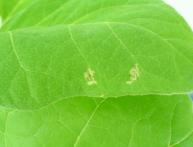Late blight of tomatoes and ways to combat it
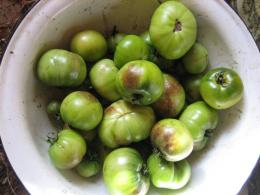
Late blight of tomatoes and potatoes is one of the most common diseases. Its development largely depends on climatic conditions, varietal characteristics and adherence to agricultural technology. Most often, late blight of tomatoes and potatoes affects plants in warm, rainy daytime weather with cold snaps at night. Its outbreaks are also frequent in film greenhouses. Due to sharp daily temperature fluctuations, condensation accumulates on the film and moisture accumulates on the plants. In a couple of weeks, the entire crop can die, late varieties are especially affected.
The disease can manifest itself as brown spots on all parts of the plant (fruits, leaves, stems). Fruits can be affected at different stages of development. Sometimes dark brown spots of irregular shape appear on unripe fruits. And it happens that late blight appears only when the tomatoes begin to turn red. Late blight also affects potatoes, so tomatoes and potatoes should be planted as far apart as possible, and their plant residues should be burned in the fall.
It is better to disinfect greenhouses in the fall with sulfur dioxide or copper sulfate solution. If late blight occurs in the greenhouse in the summer, then the top layer of soil 4-5 cm thick is removed from it. Use seeds that are at least 2 years old, during which time they are freed from diseases. Choose early tomato varieties or varieties that are resistant to late blight.Collect the fruits at the “waxy ripeness” stage, dip them in a warm solution of potassium permanganate for 10 minutes, then rinse with water, wipe dry, wrap each tomato in a separate piece of paper and store it that way.

